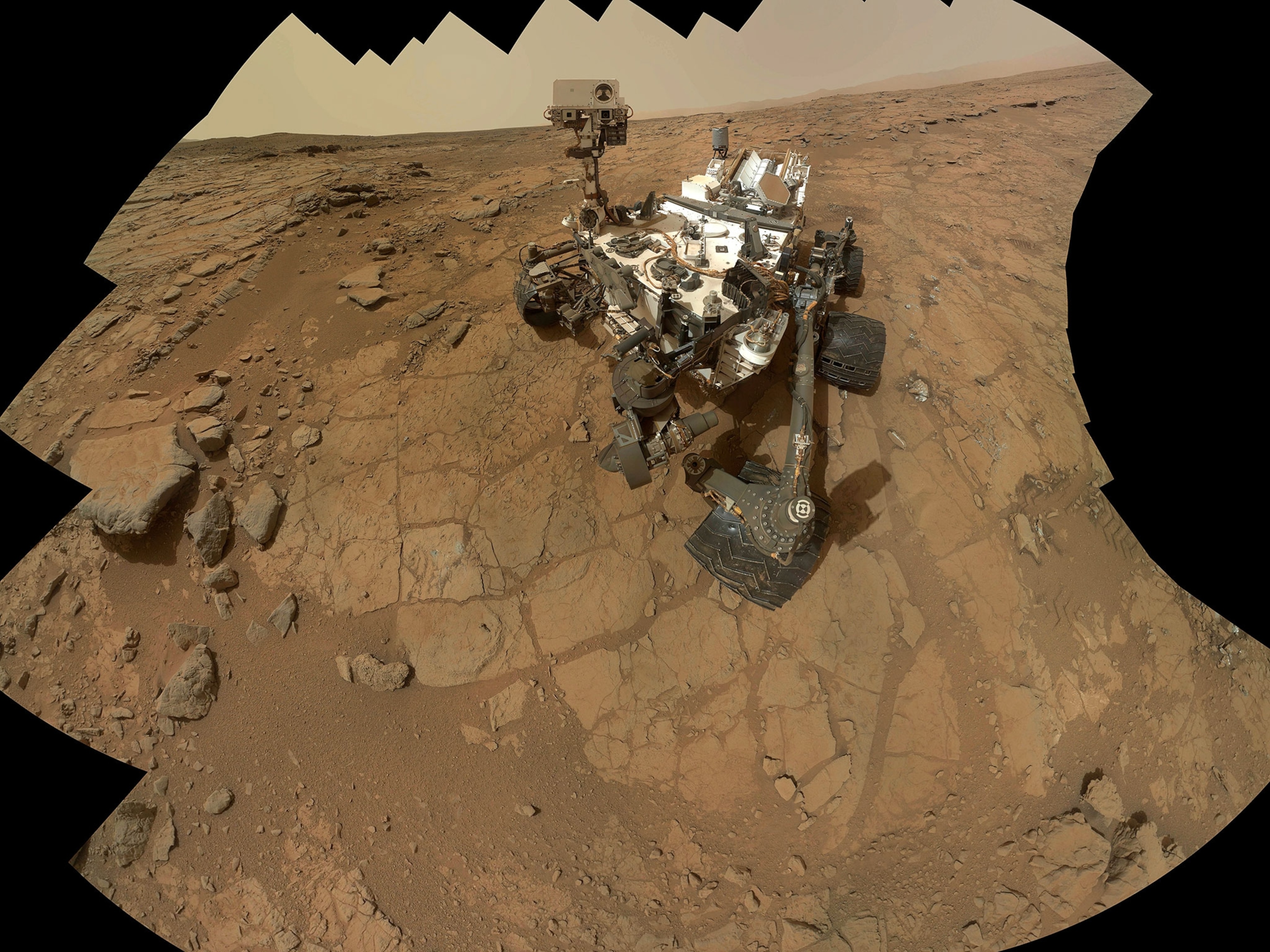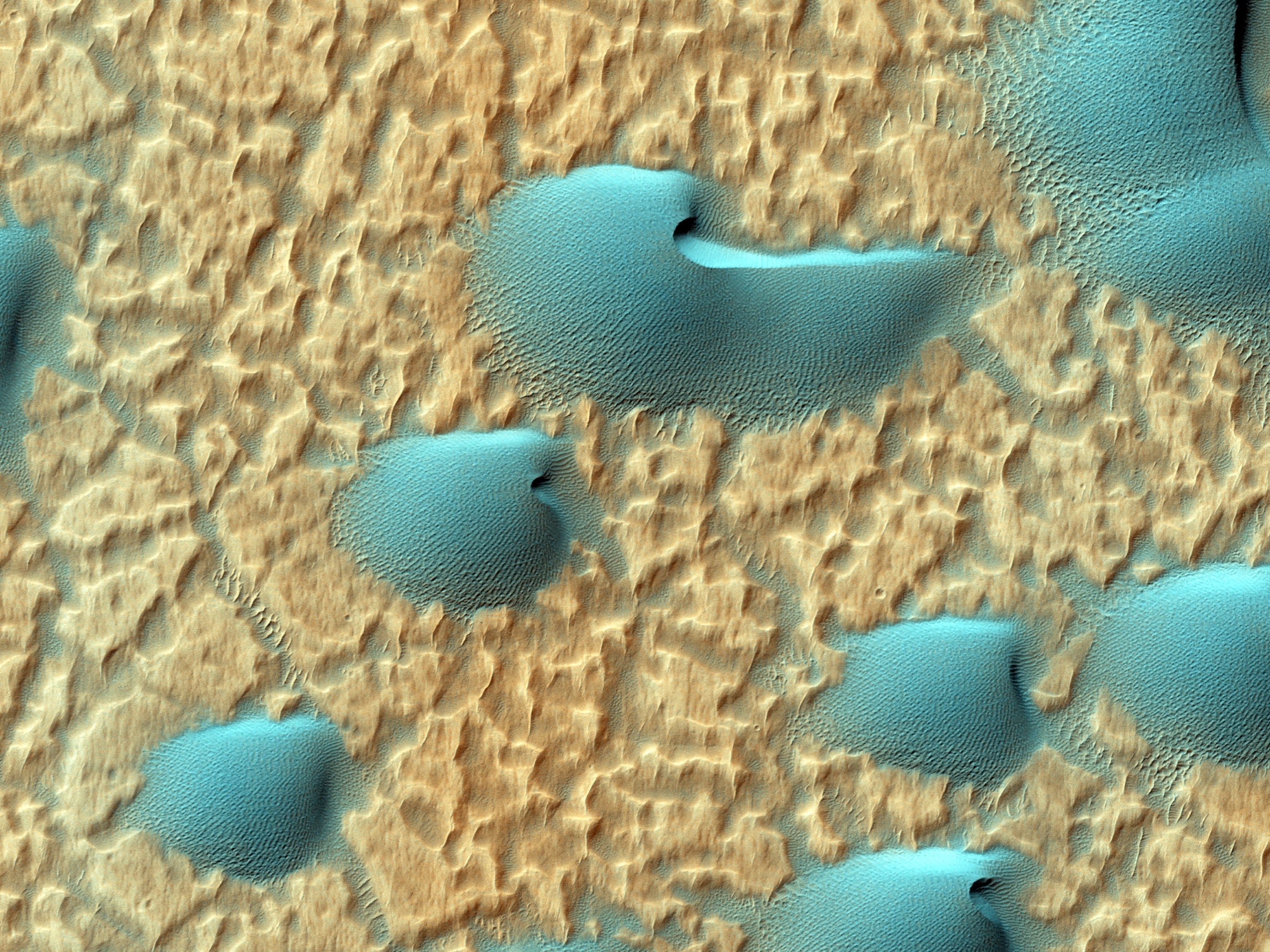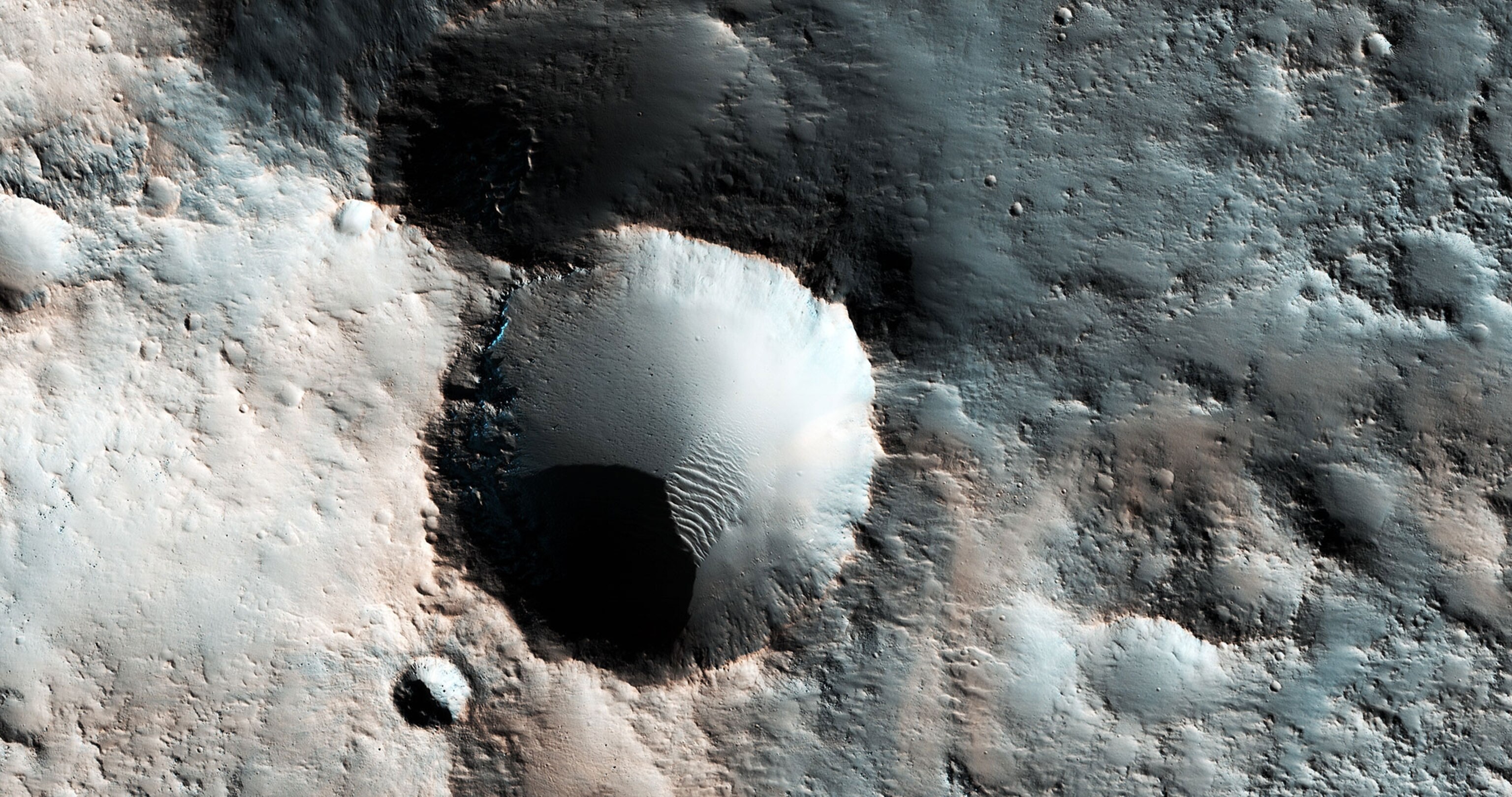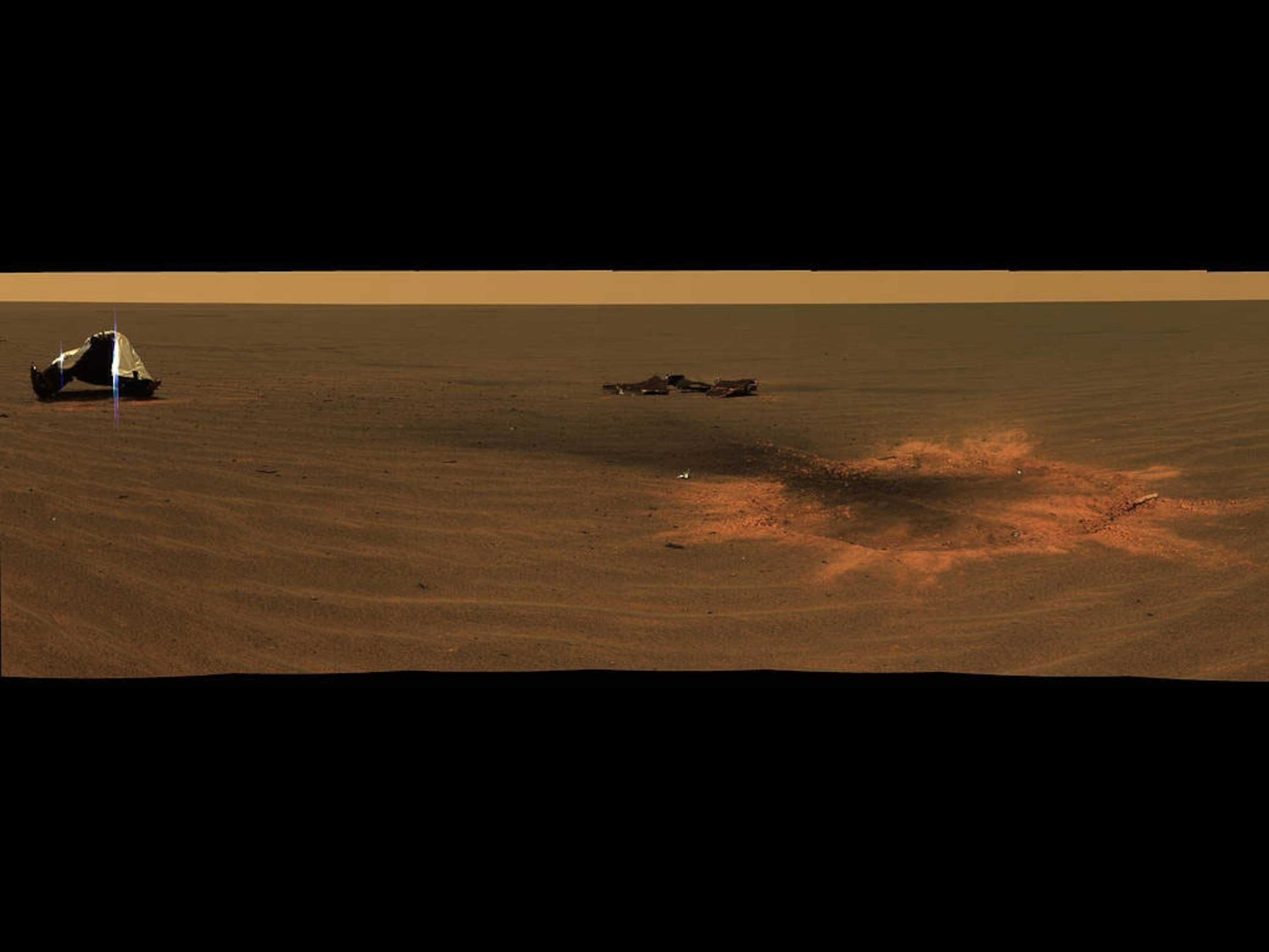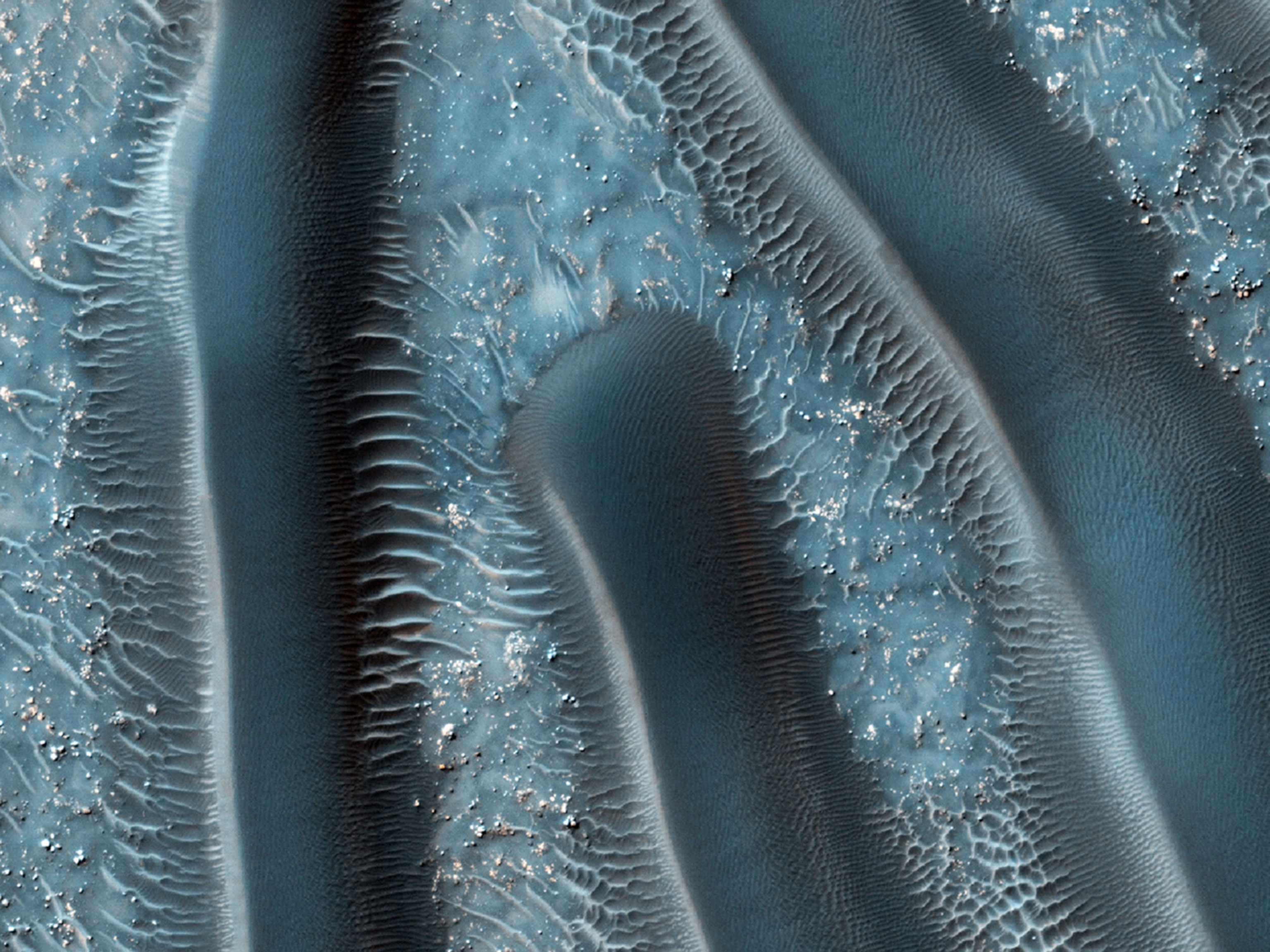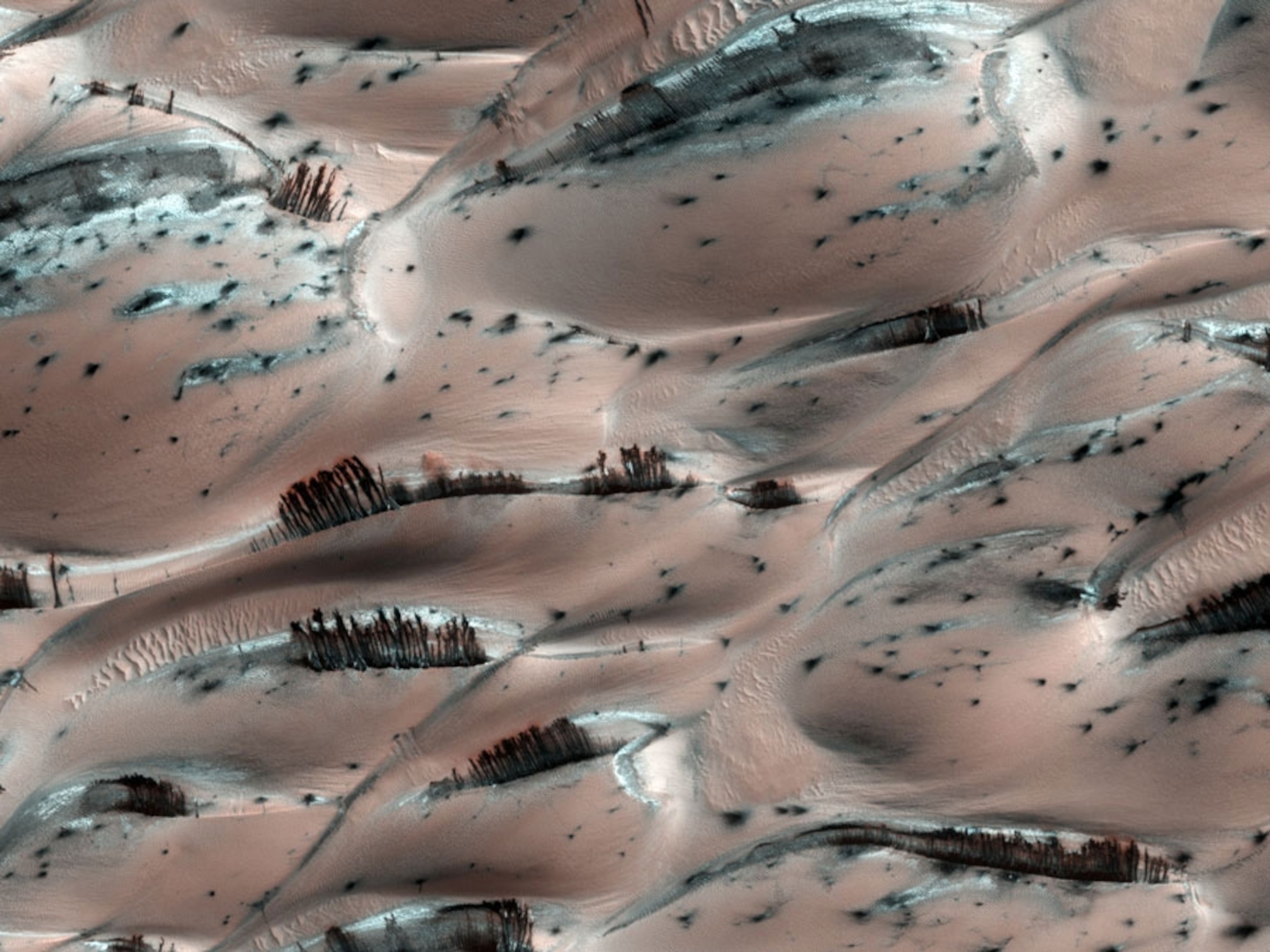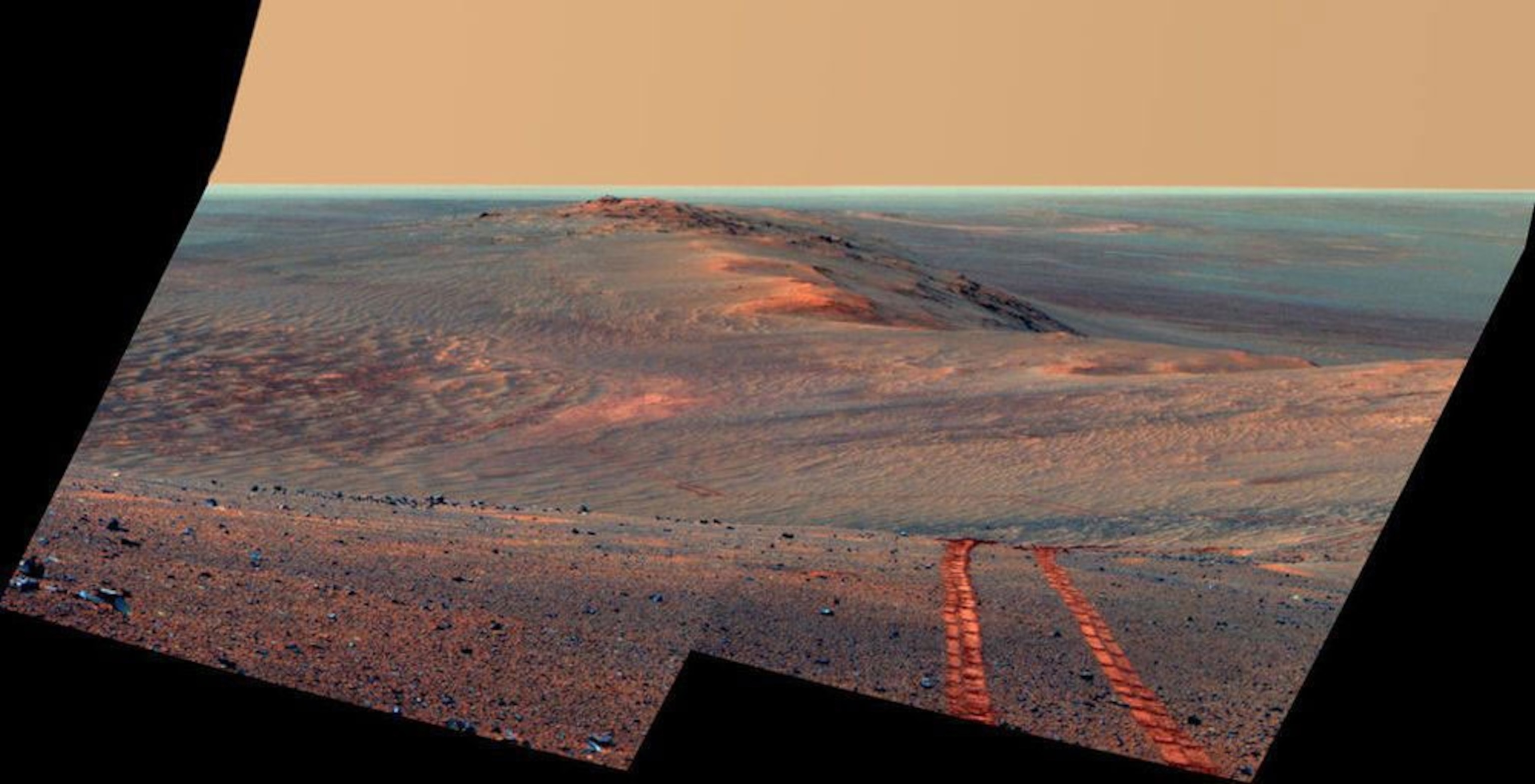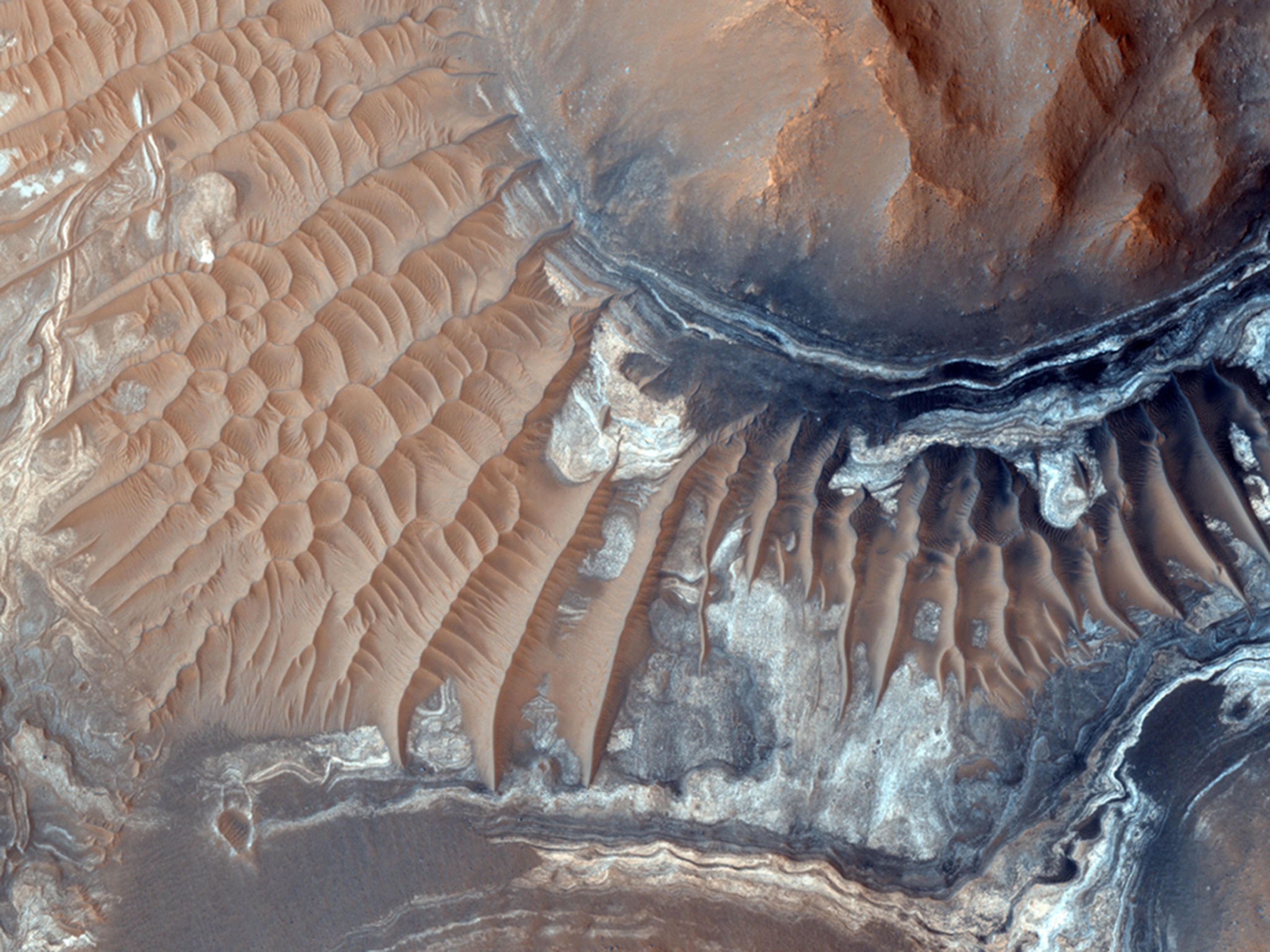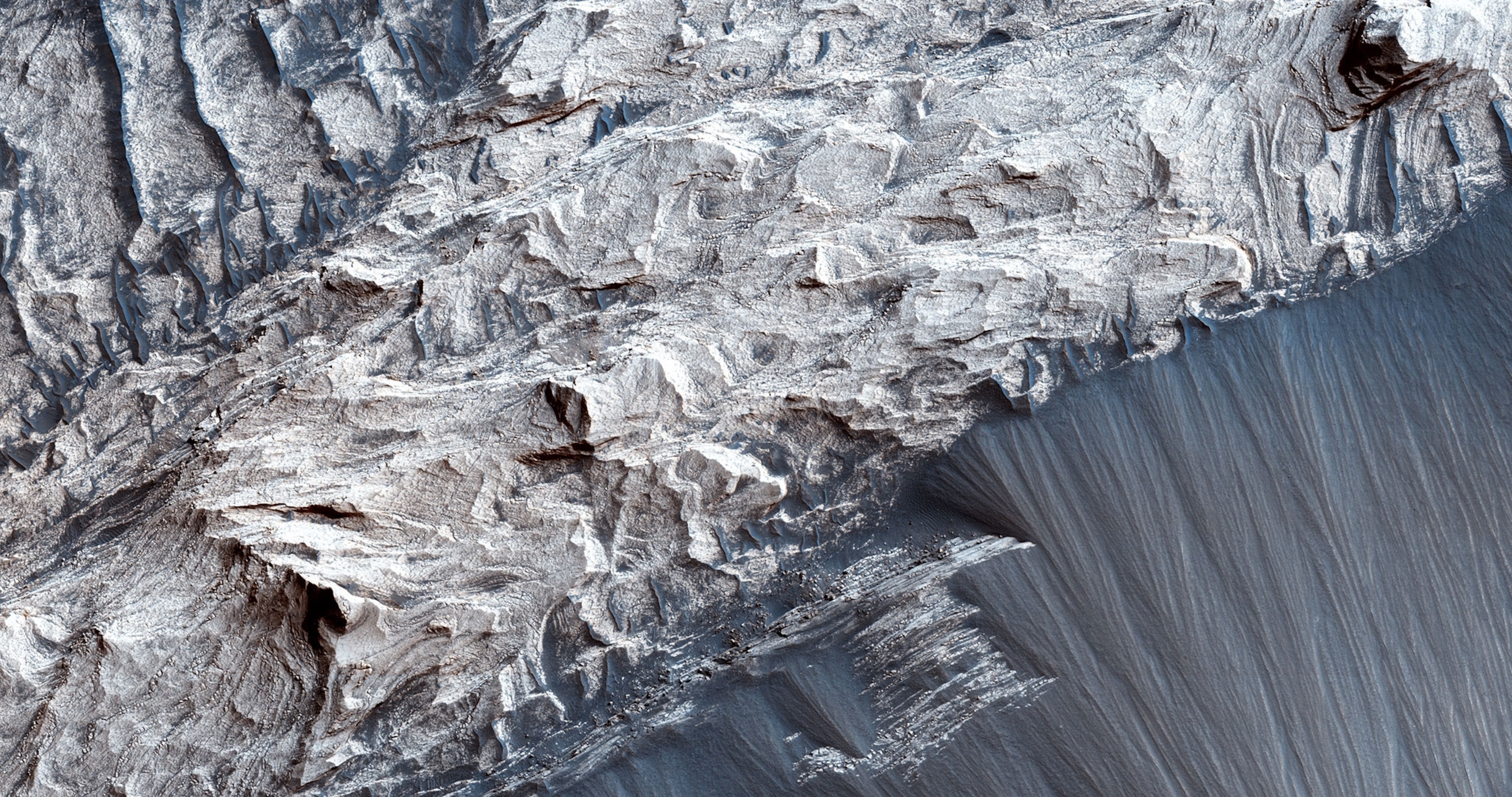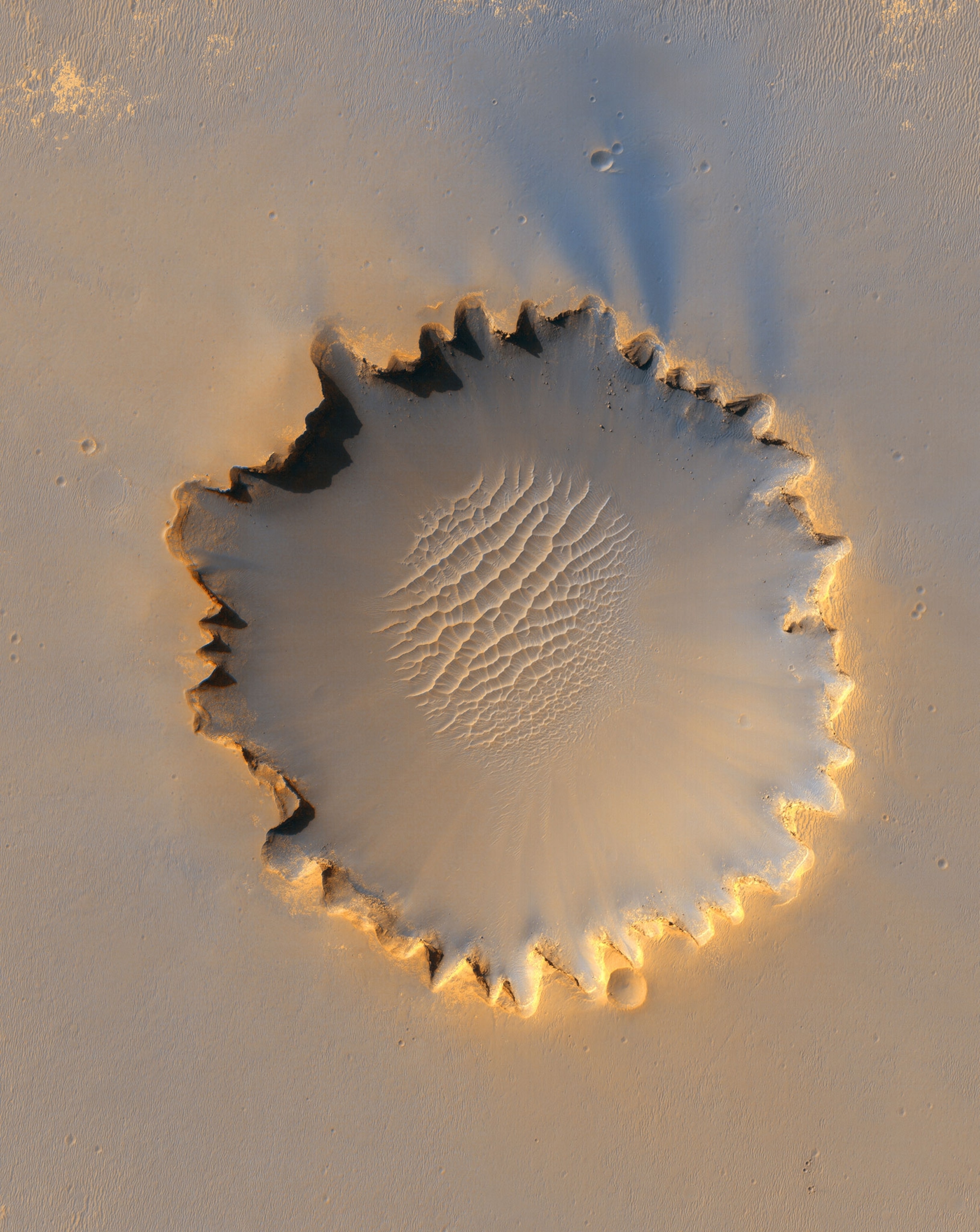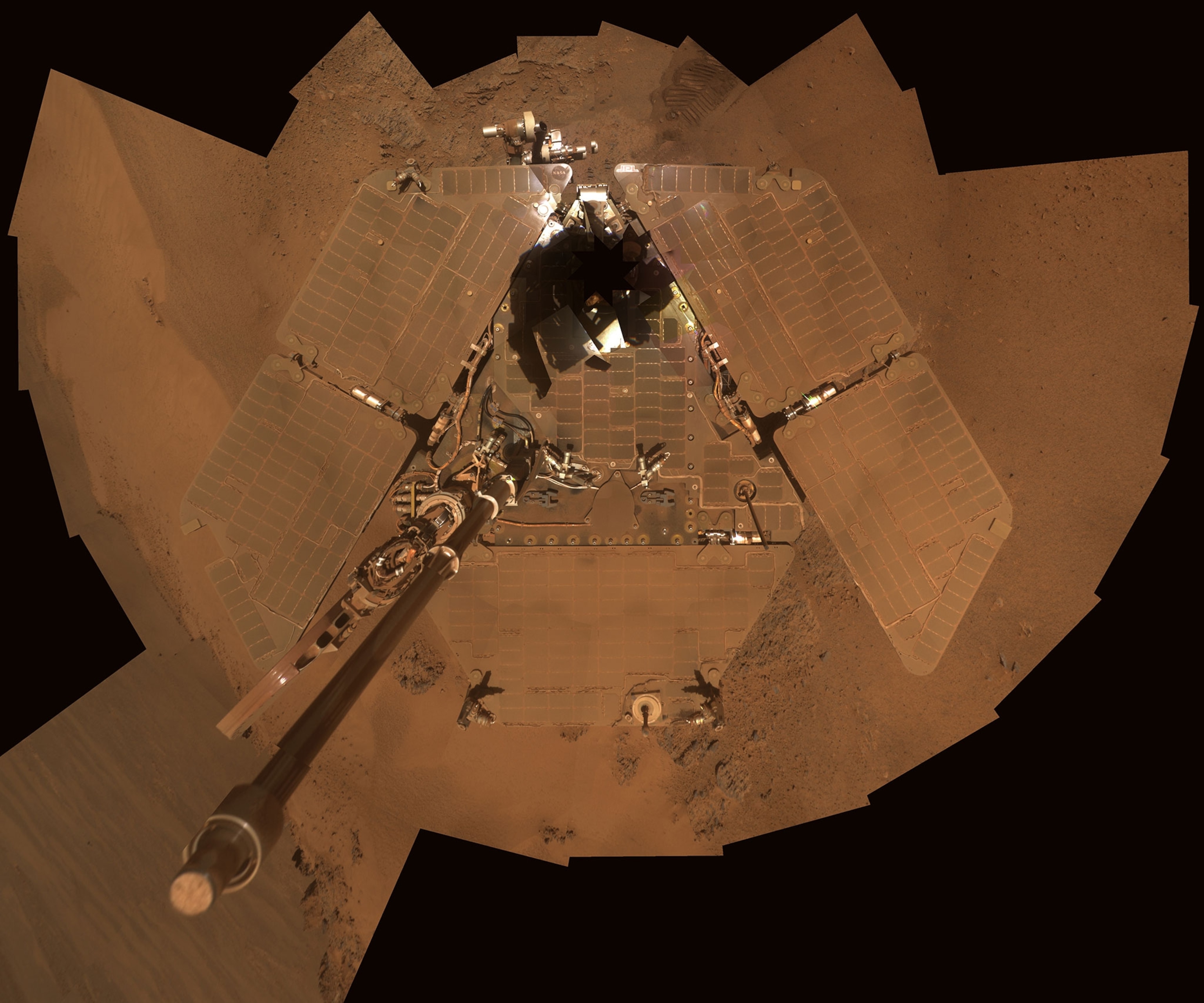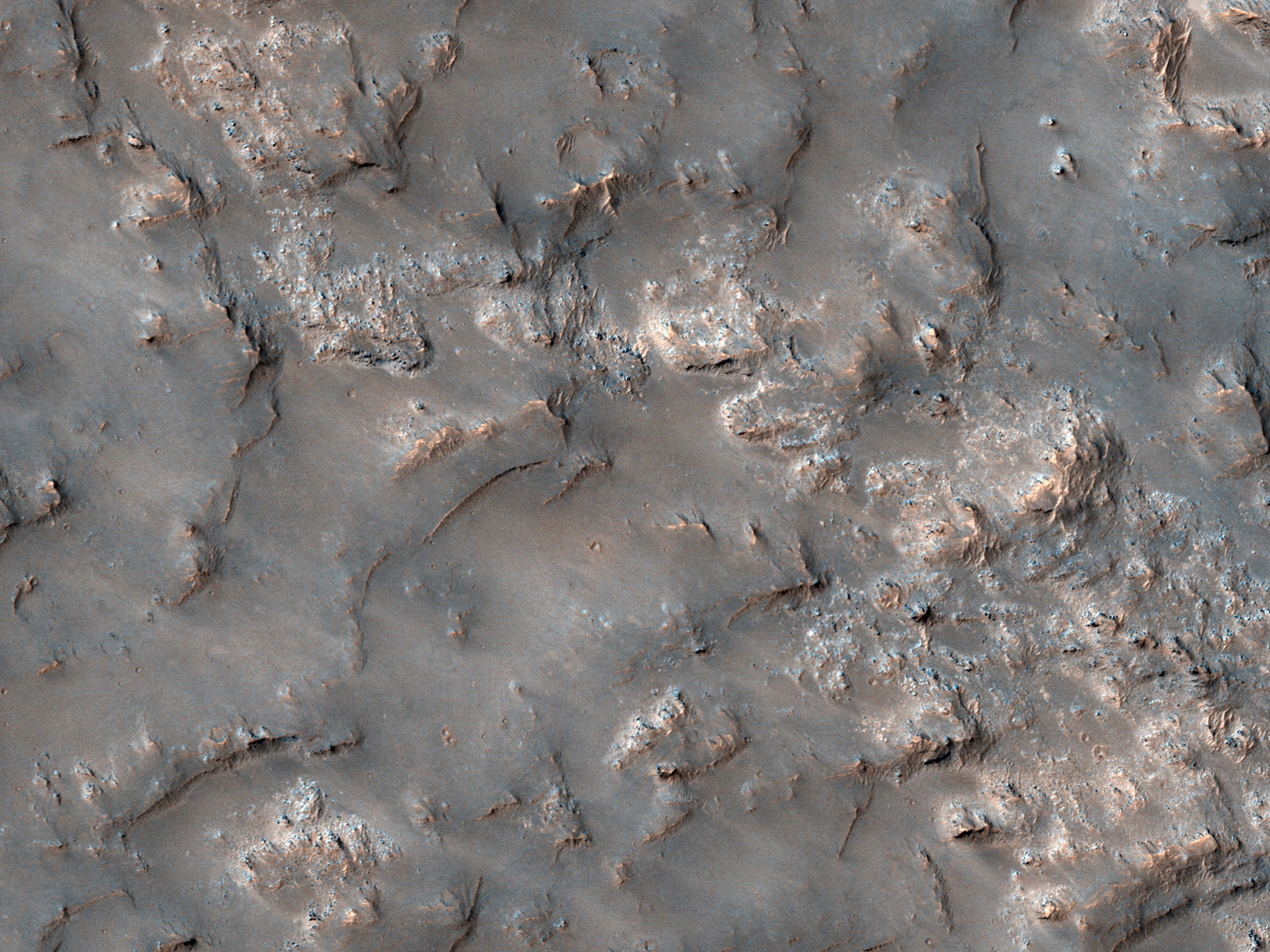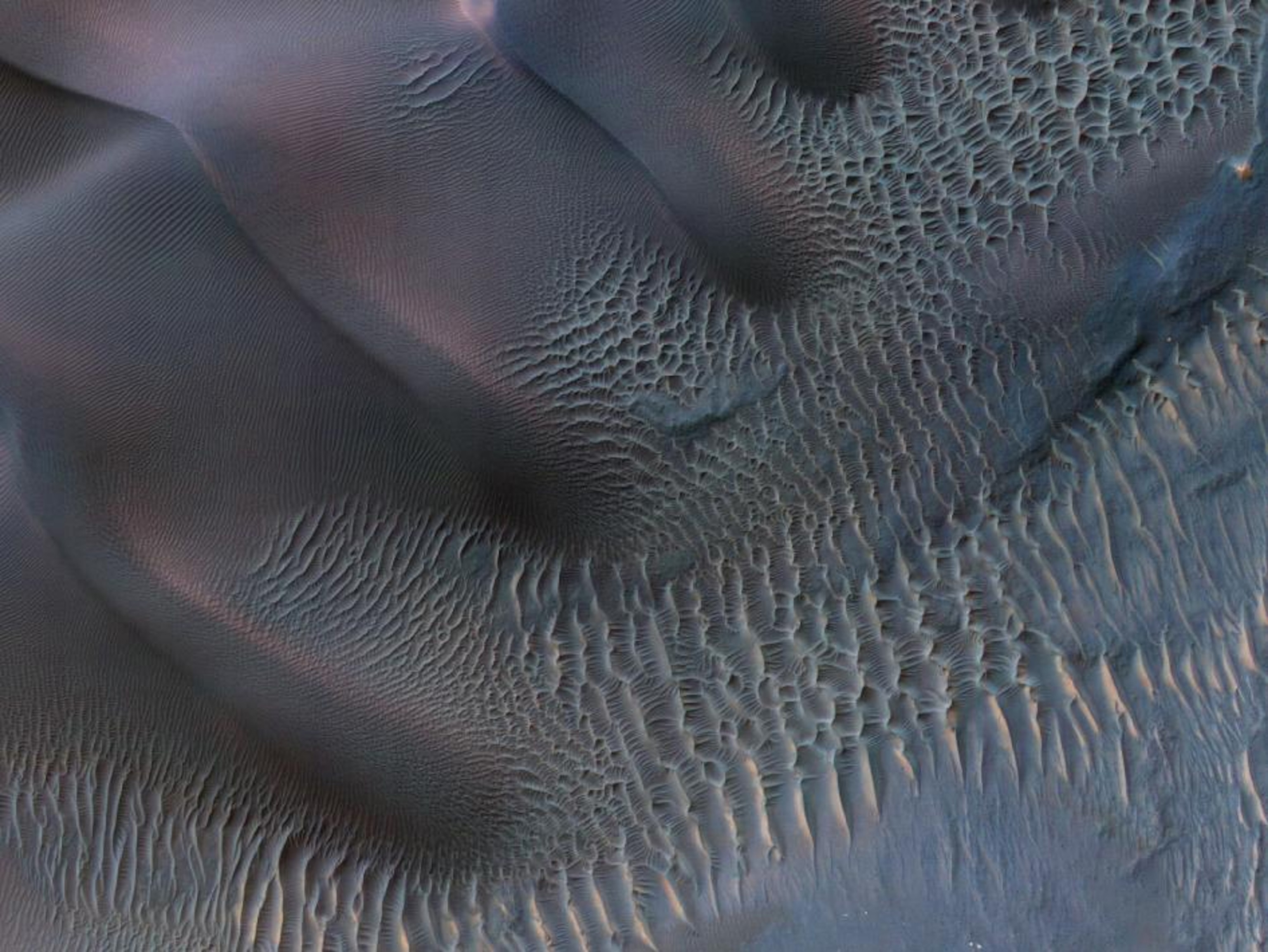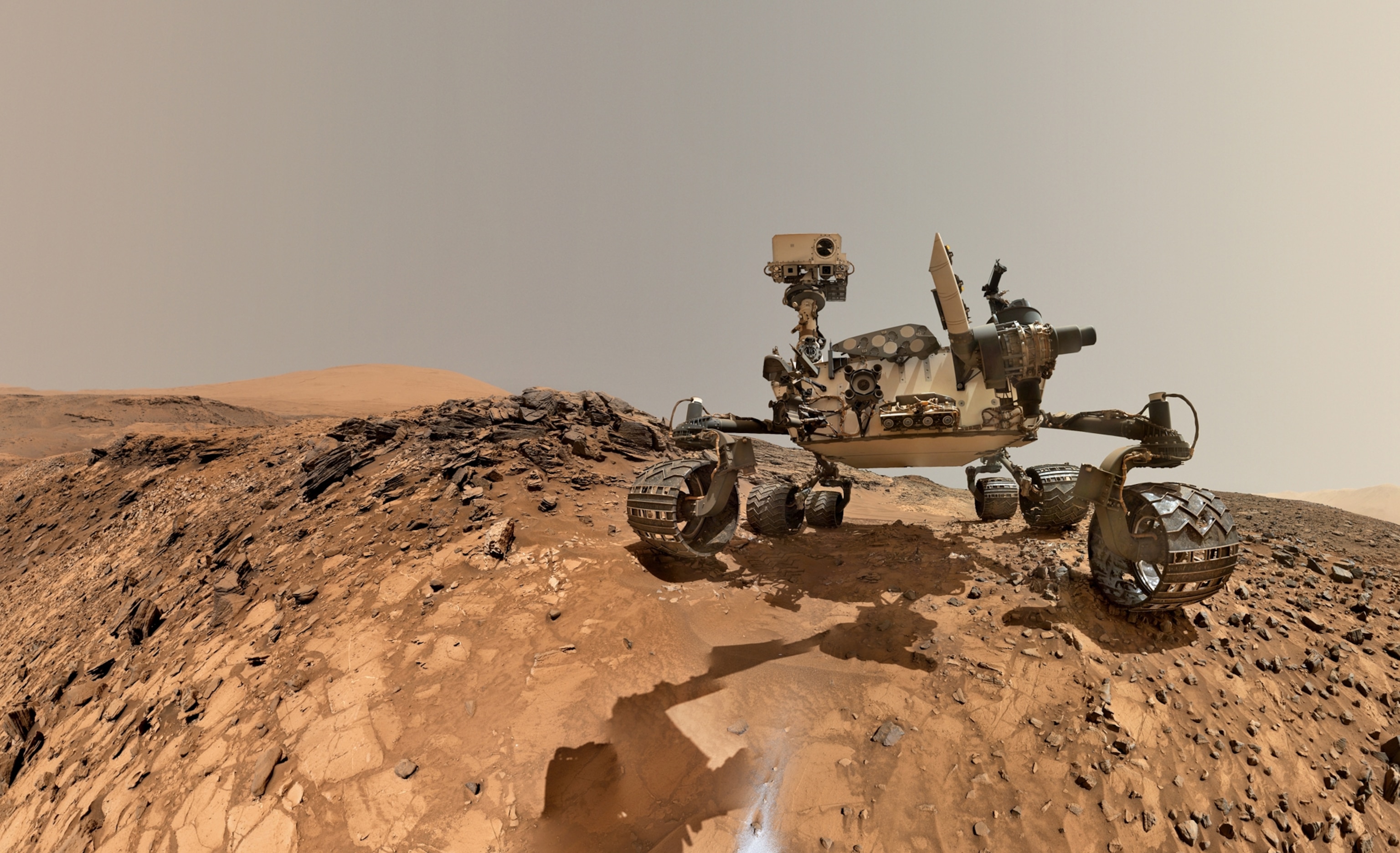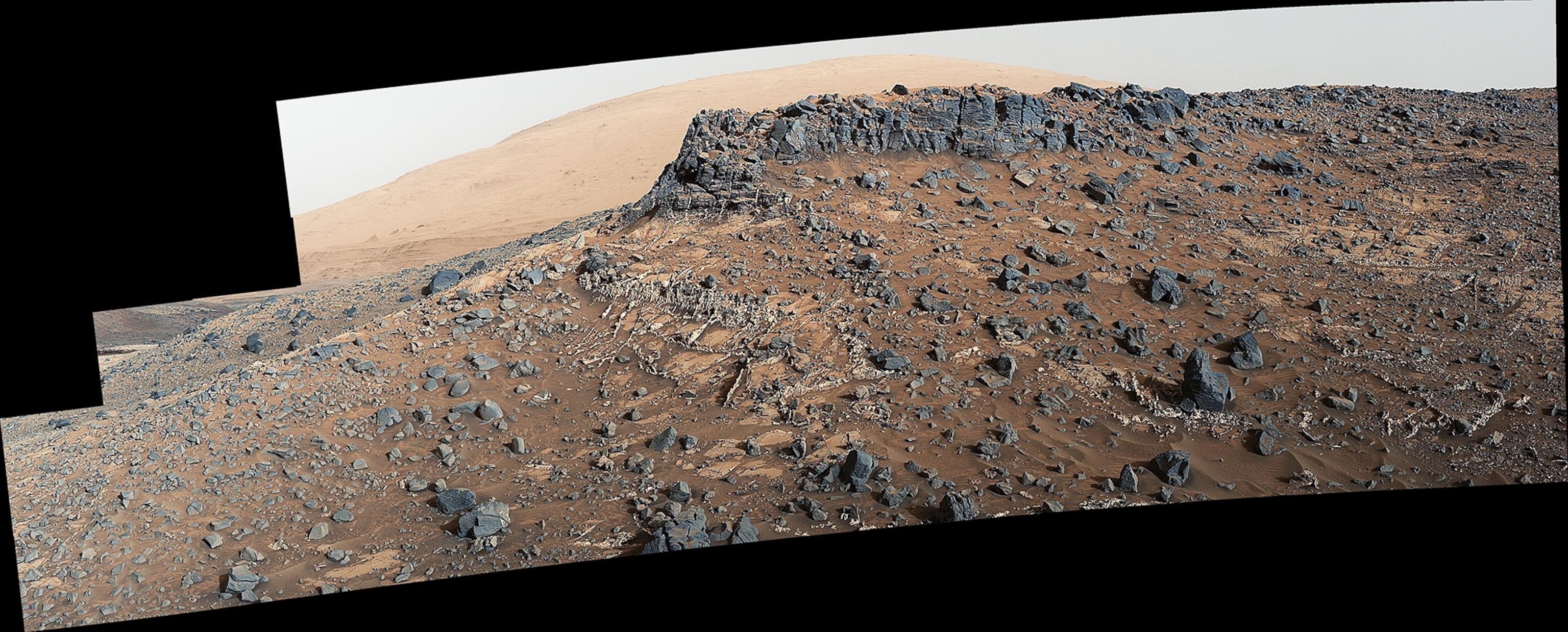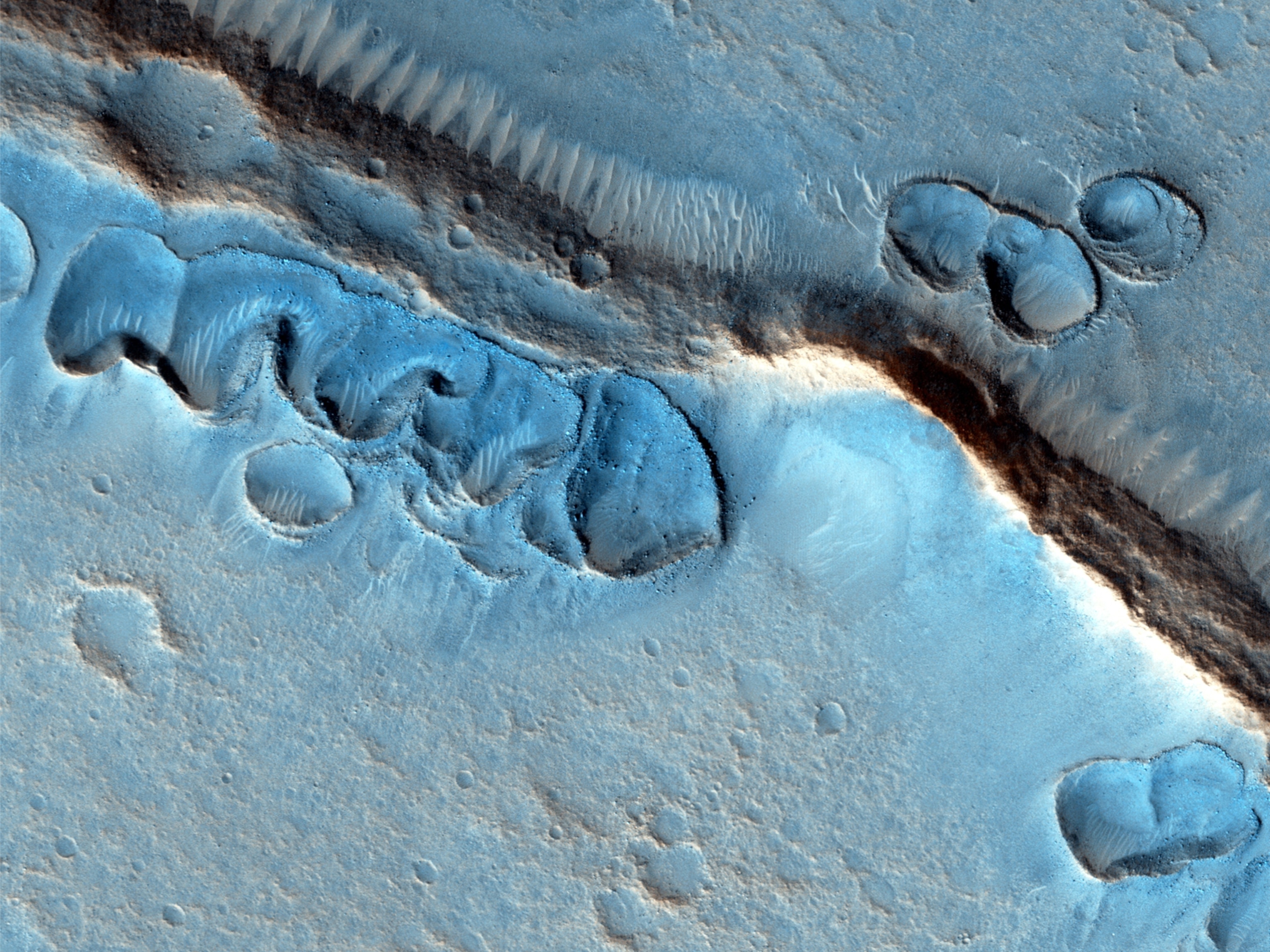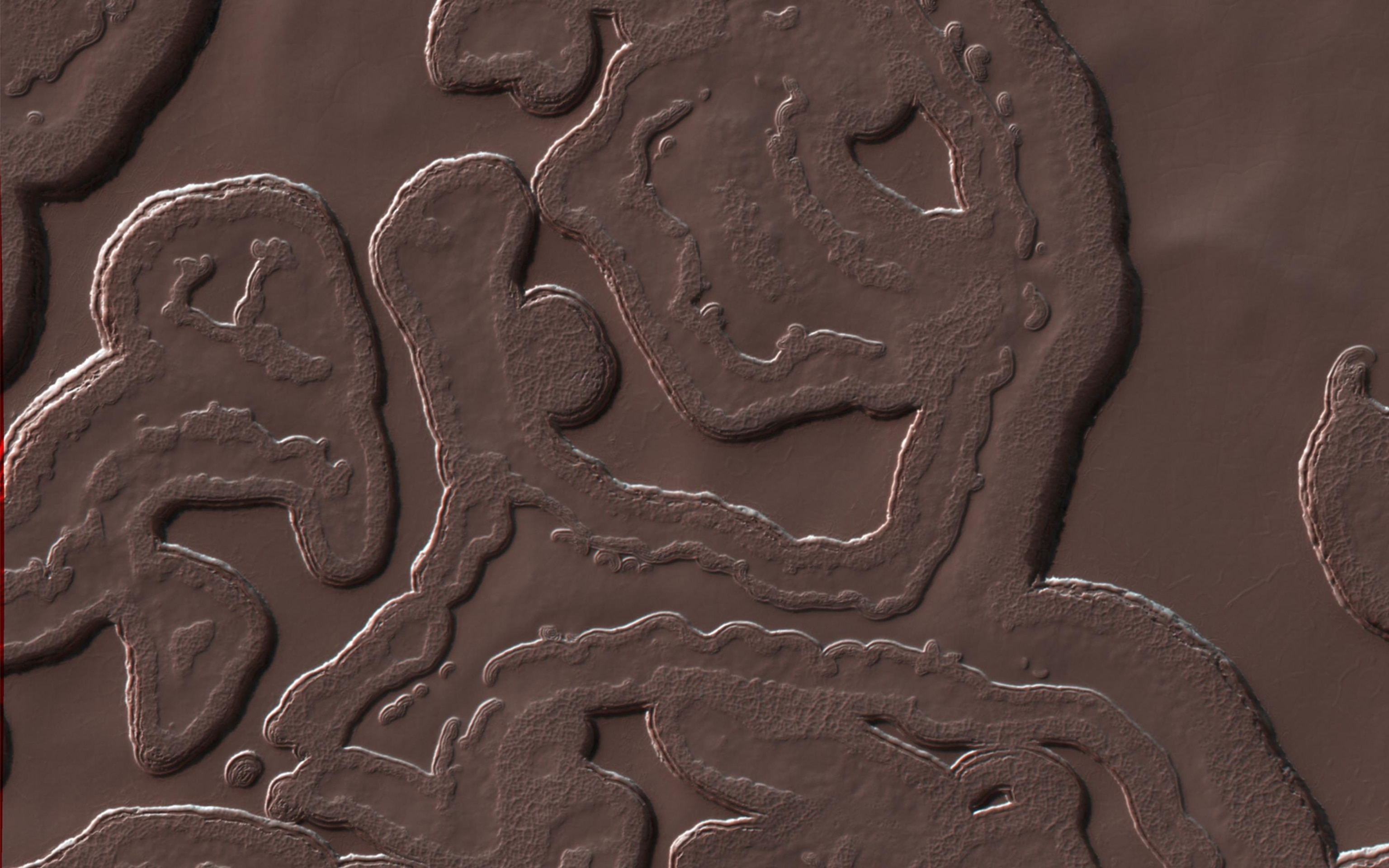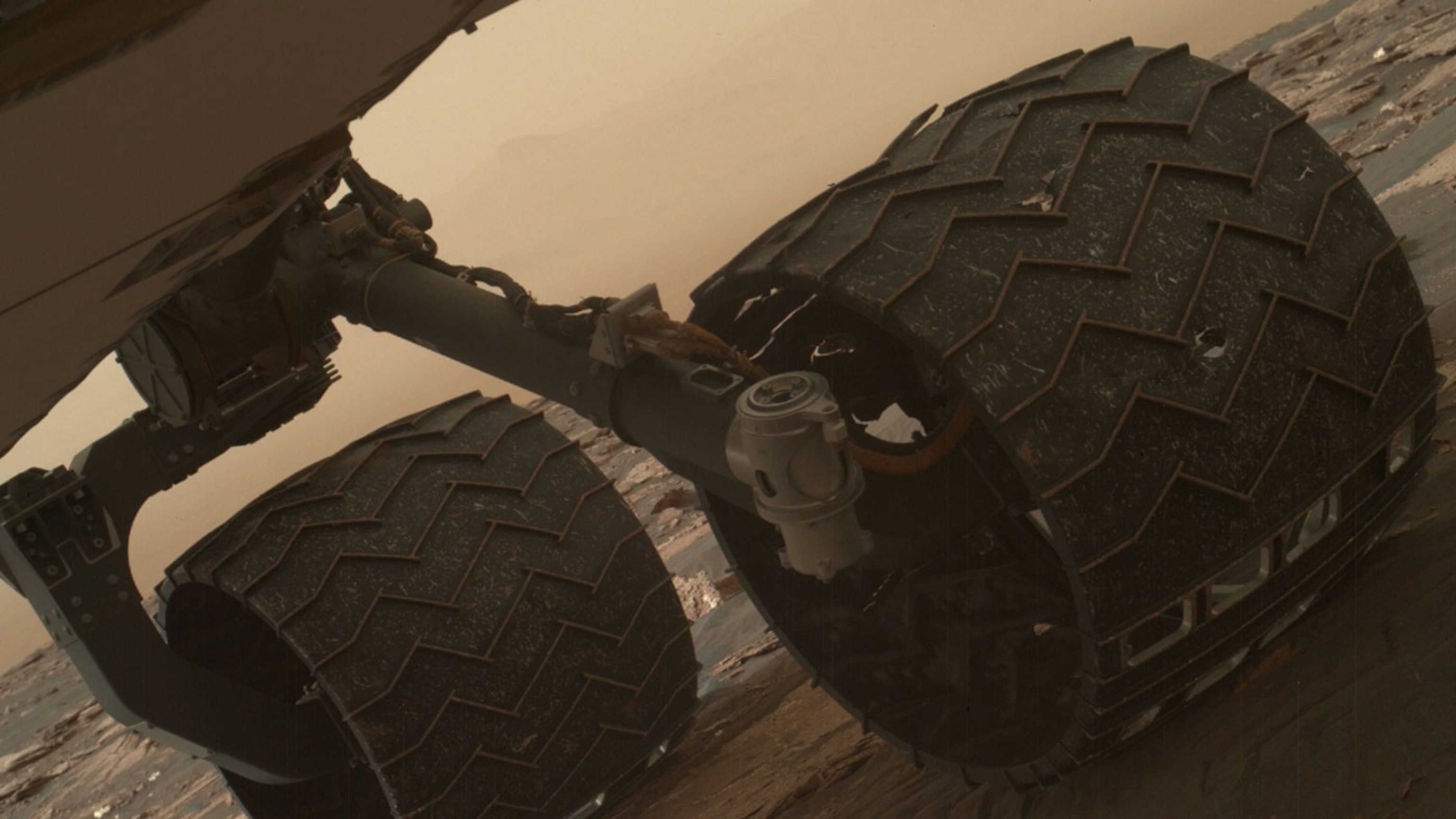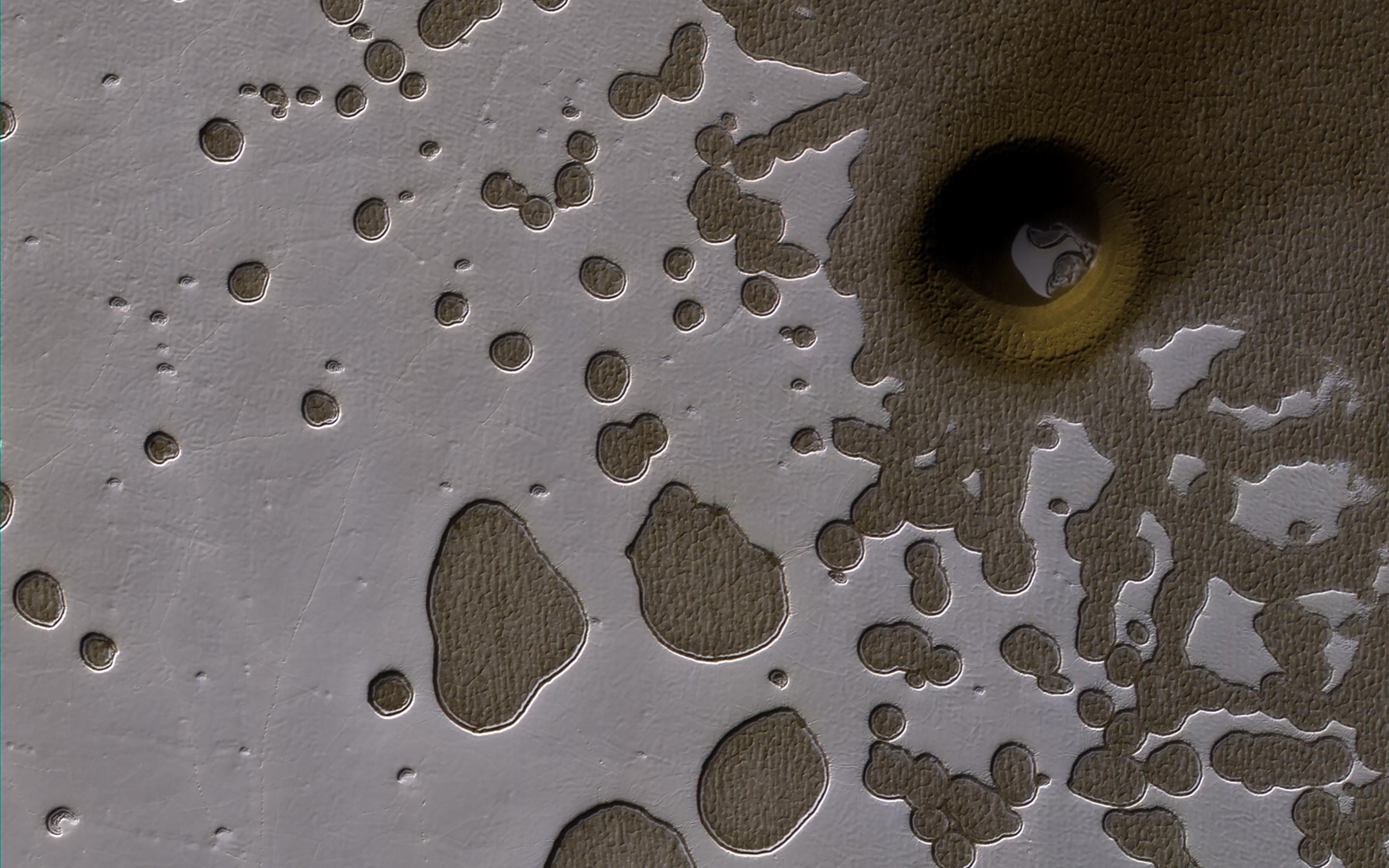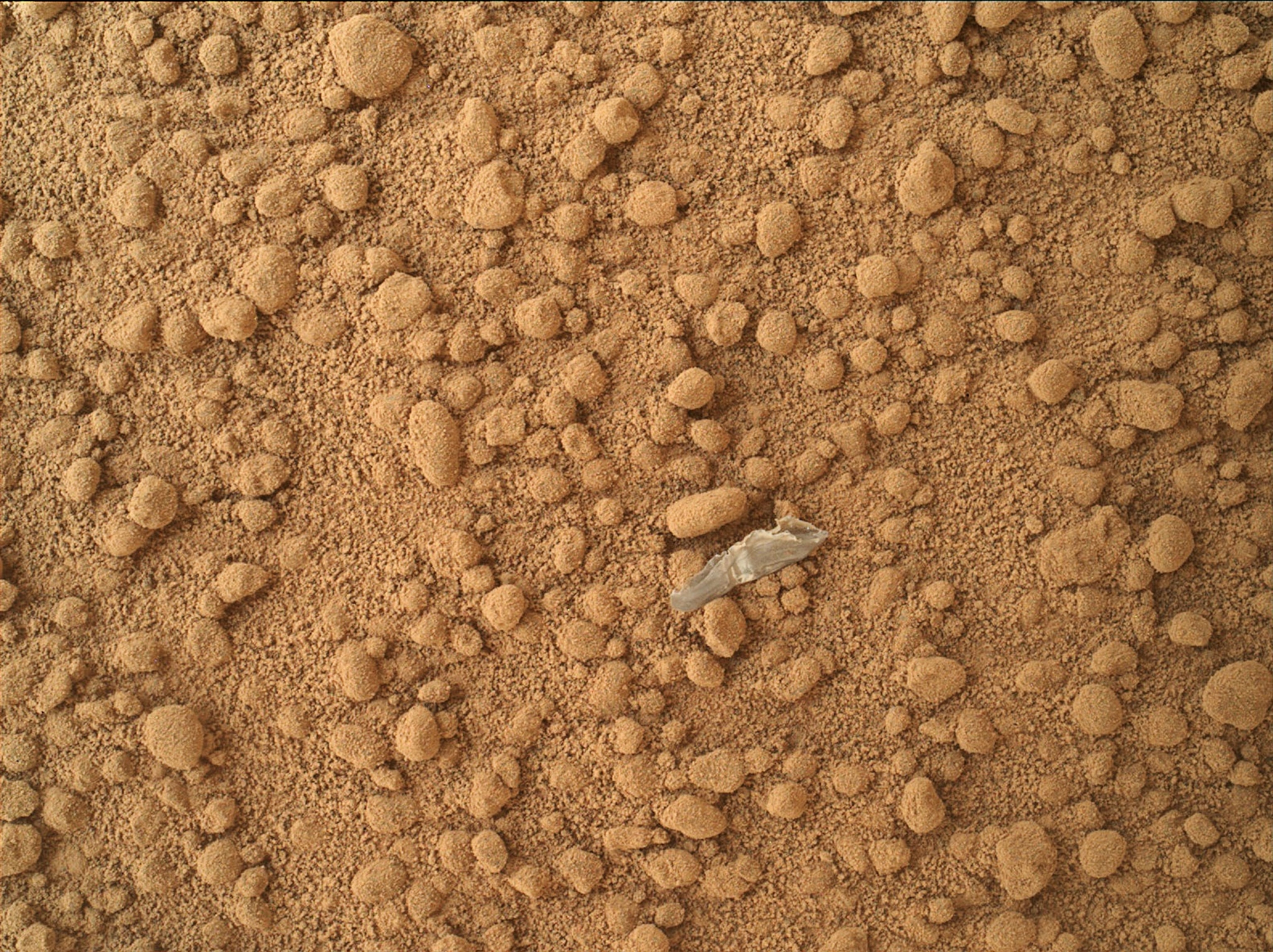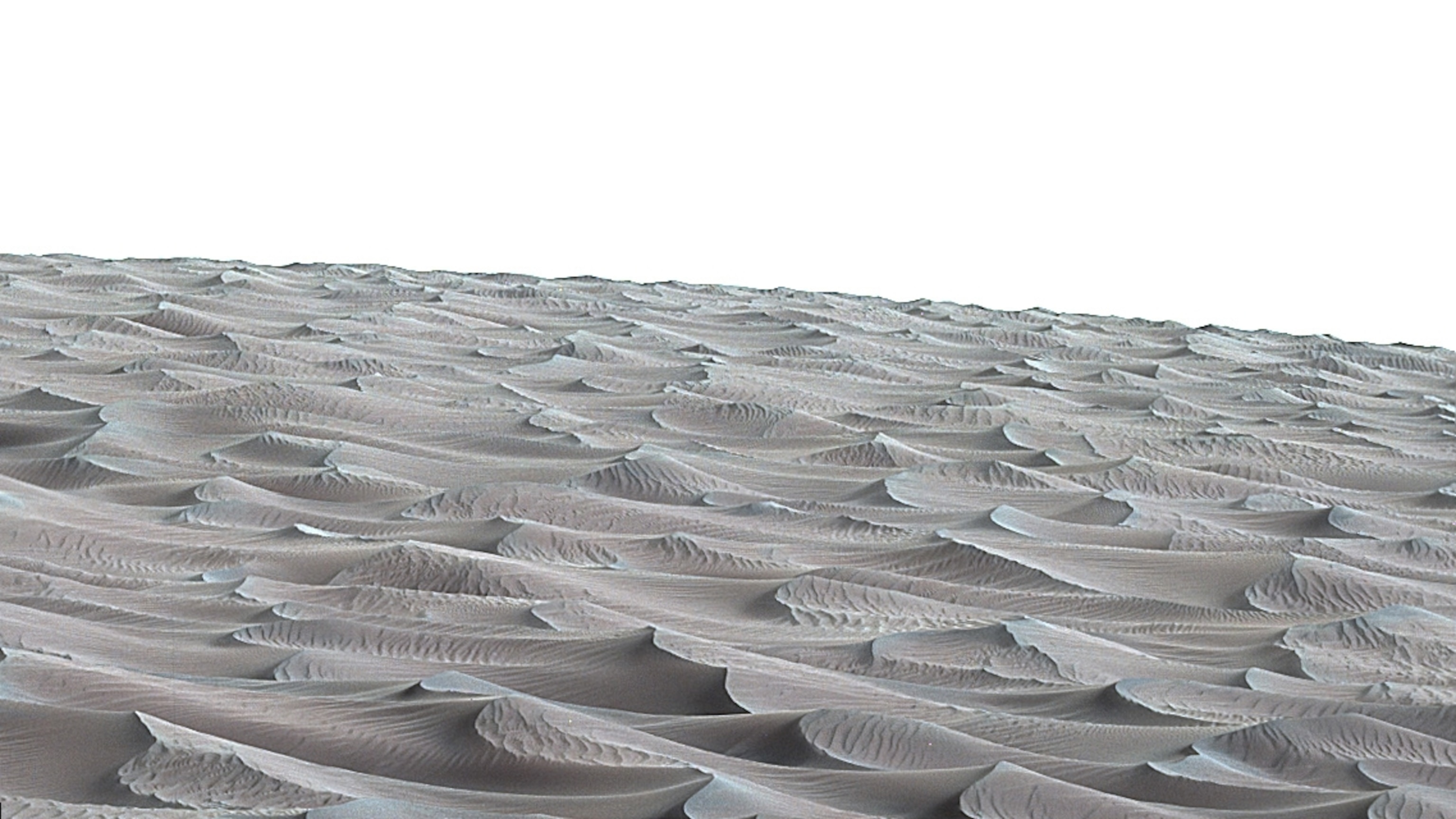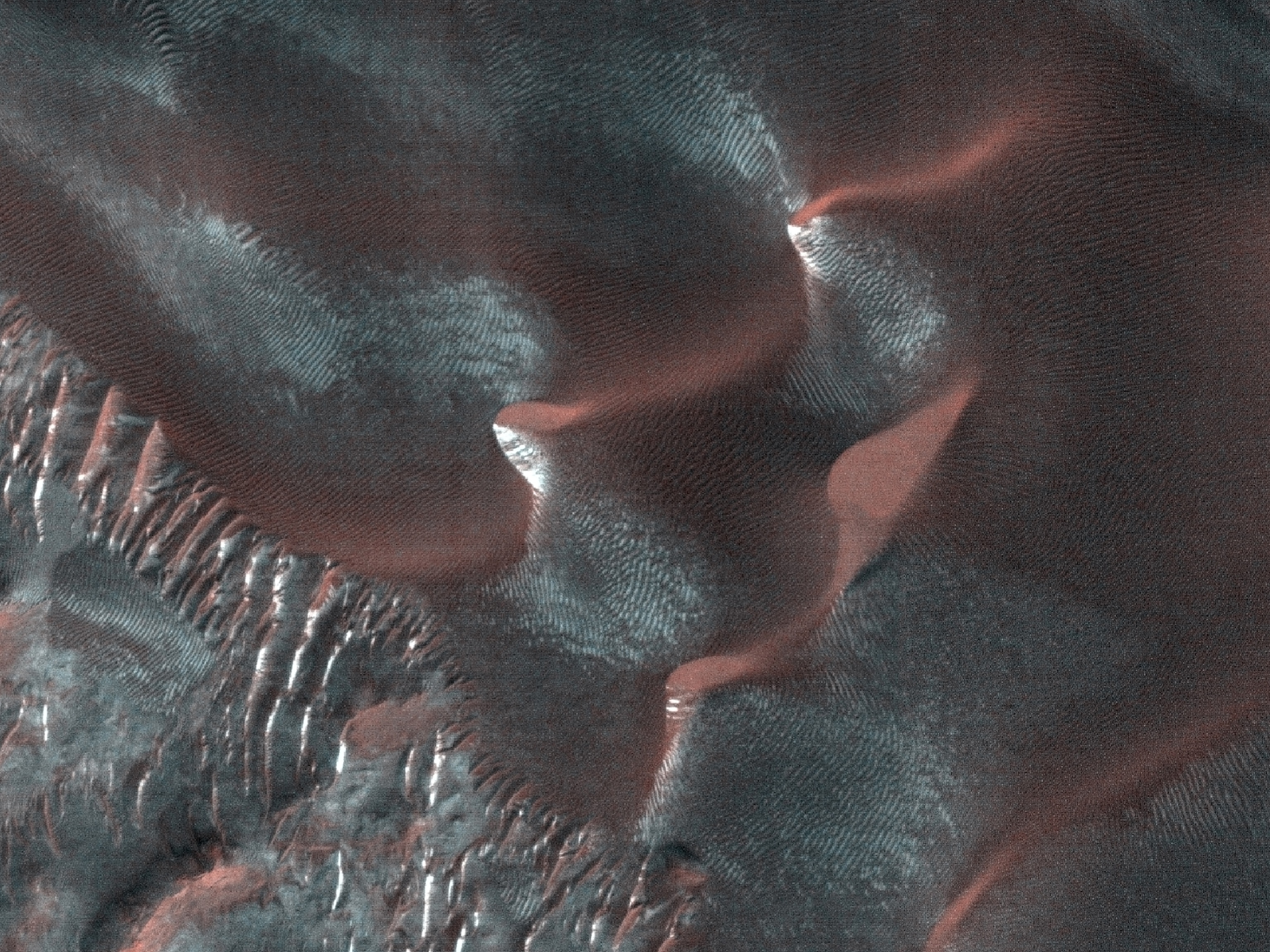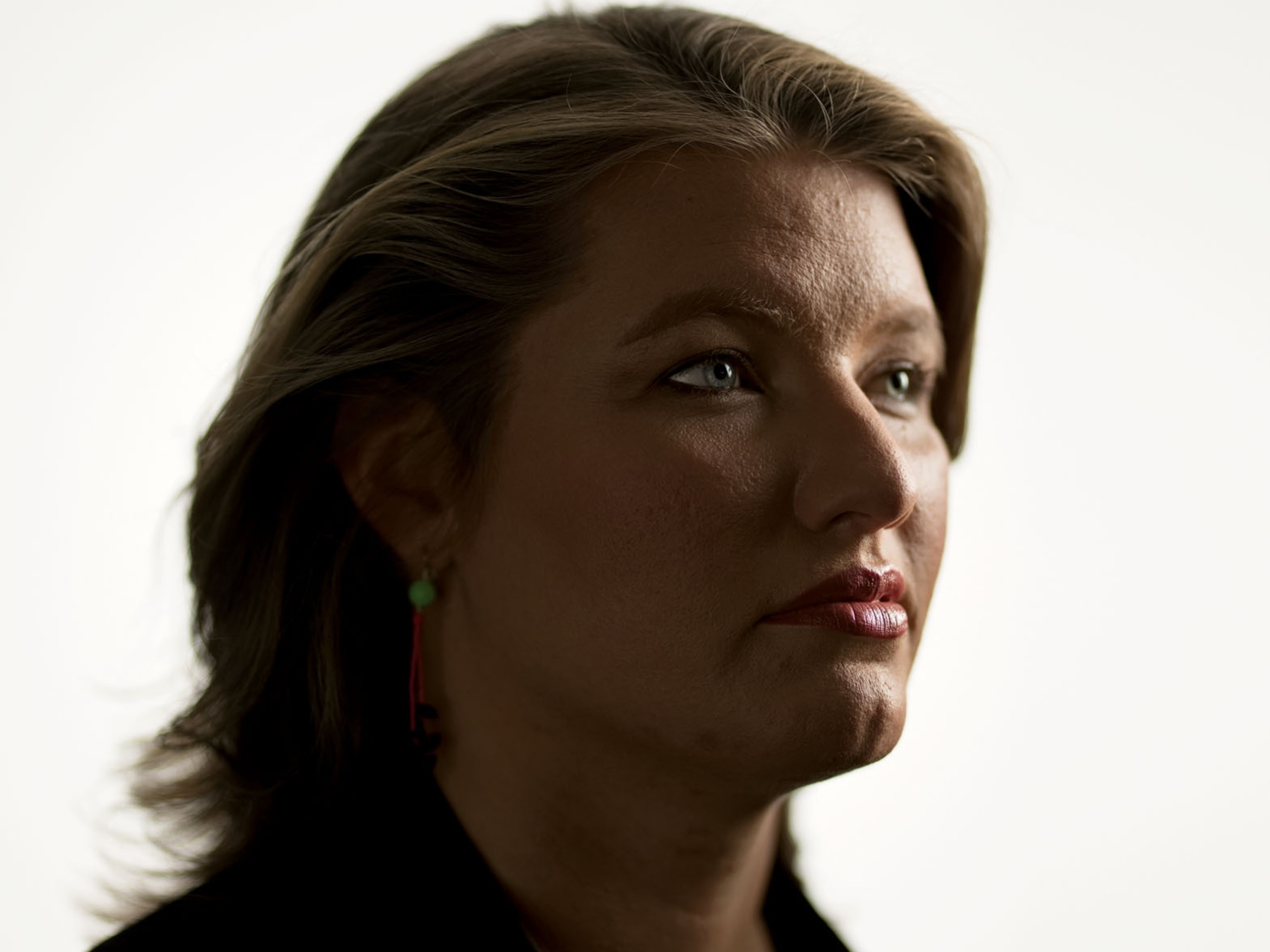If there’s ever been life on Mars, she could be the one to find it.
To discover the earliest signs of life on Earth, astrobiologist Abigail Allwood trekked to an isolated Australian desert. Now she’s searching for signs of life from a distance, on a planet where she will probably never go.
Allwood works at the Jet Propulsion Laboratory and is a principal investigator for the Mars 2020 rover mission—the first mission, she says, with “the primary objective of searching for evidence of past life on Mars.” Allwood’s job is to examine the chemical composition of the red planet for evidence of ancient microbes.
For that she designed the planetary instrument for x-ray lithochemistry, PIXL for short. It looks like “a storm trooper’s lunch box,” she says, but underneath the white cover is the “most complicated instrument ever sent to the surface of another planet.” Mounted on the arm of the rover, it will position itself with three pairs of legs, then move across the Martian surface in tiny 100-micron-size steps. As it proceeds, it will analyze the chemical makeup of different areas, mapping the elements distributed there.
Allwood hesitates to say what exactly she hopes to discover: “If you go with preconceived notions of what you need to find, then you’ll be blind to what is there.” But she is optimistic. “The chances of finding something on Mars that’s interesting are high,” she says. “We will have the ability to figure out what it is, one way or another.”

